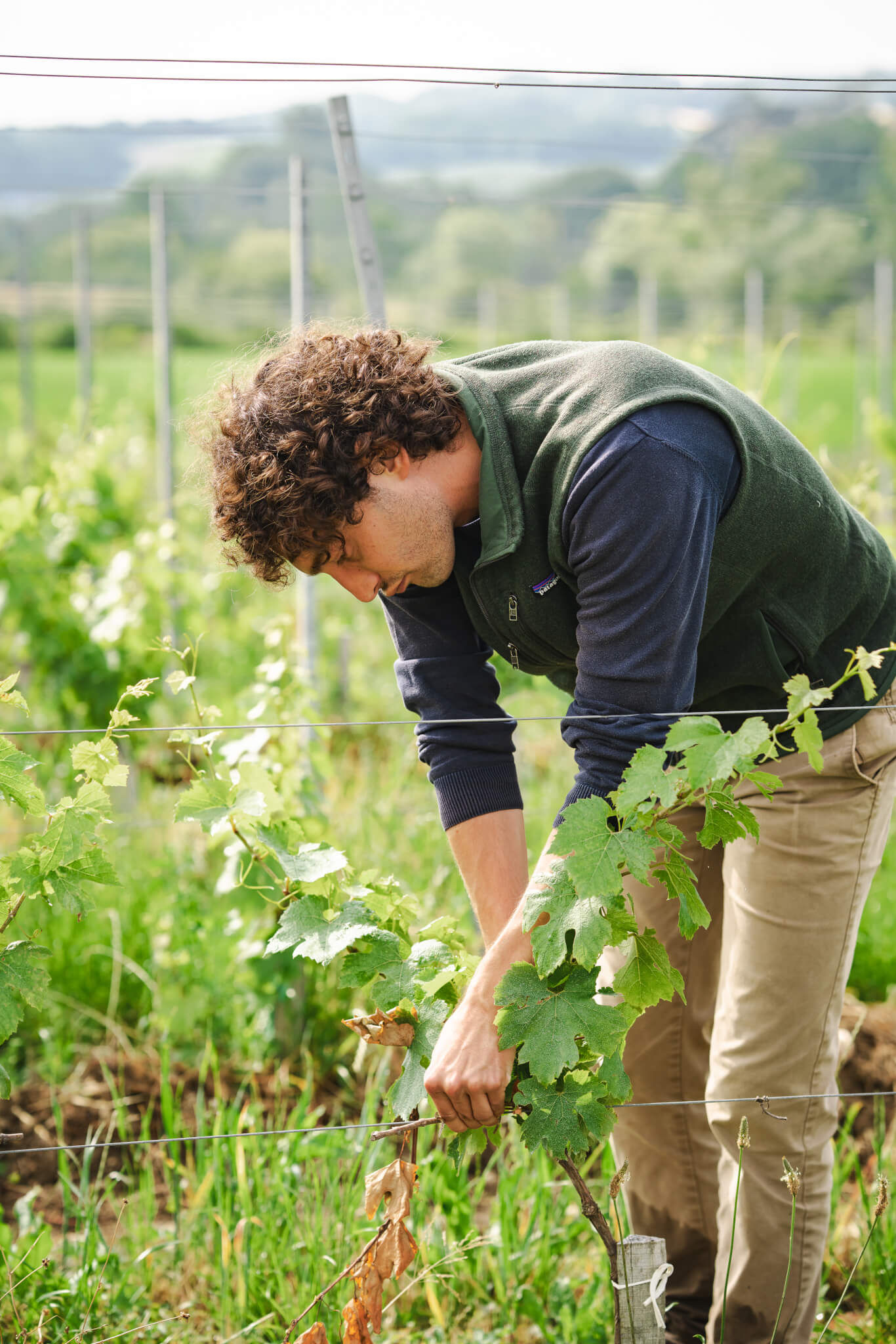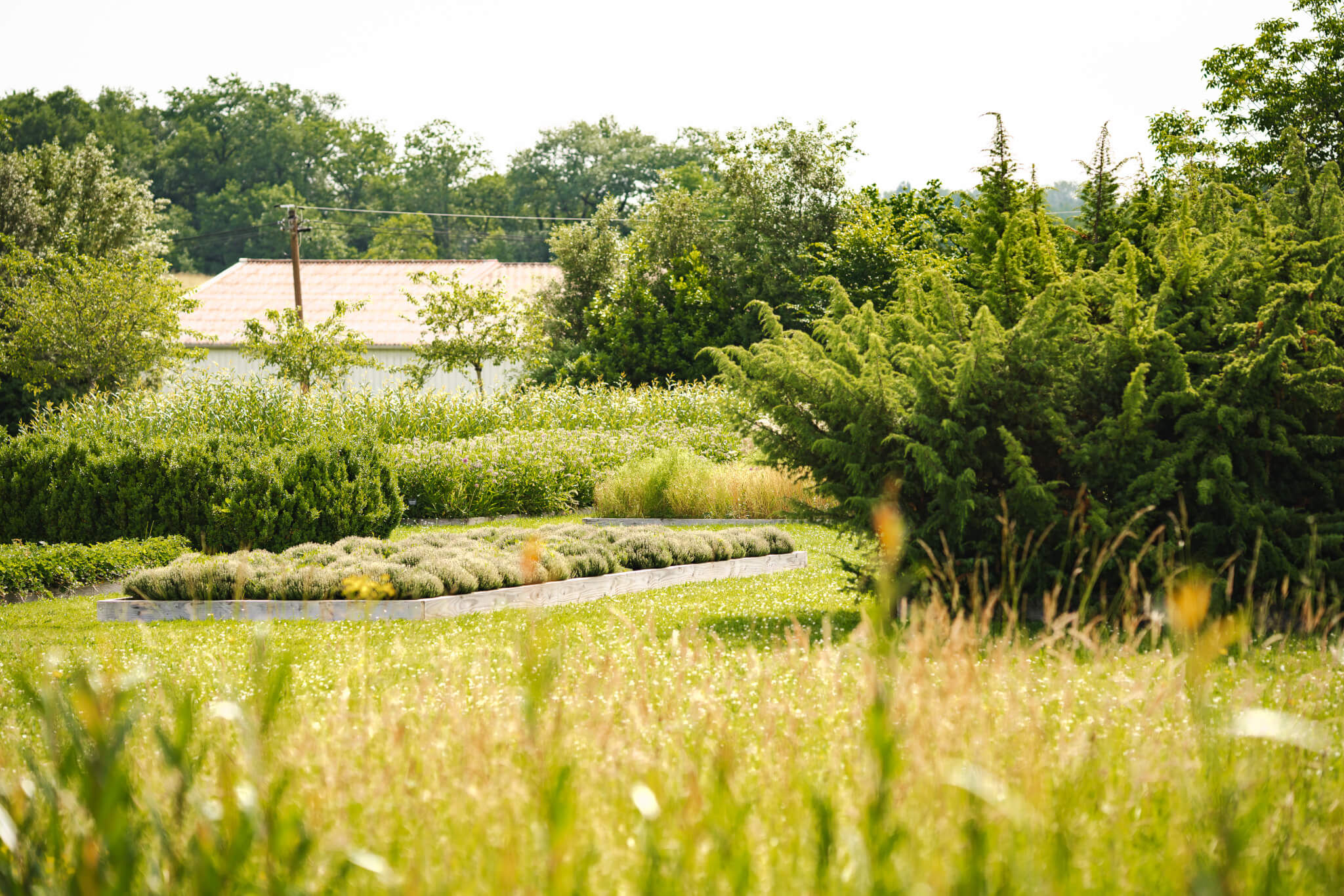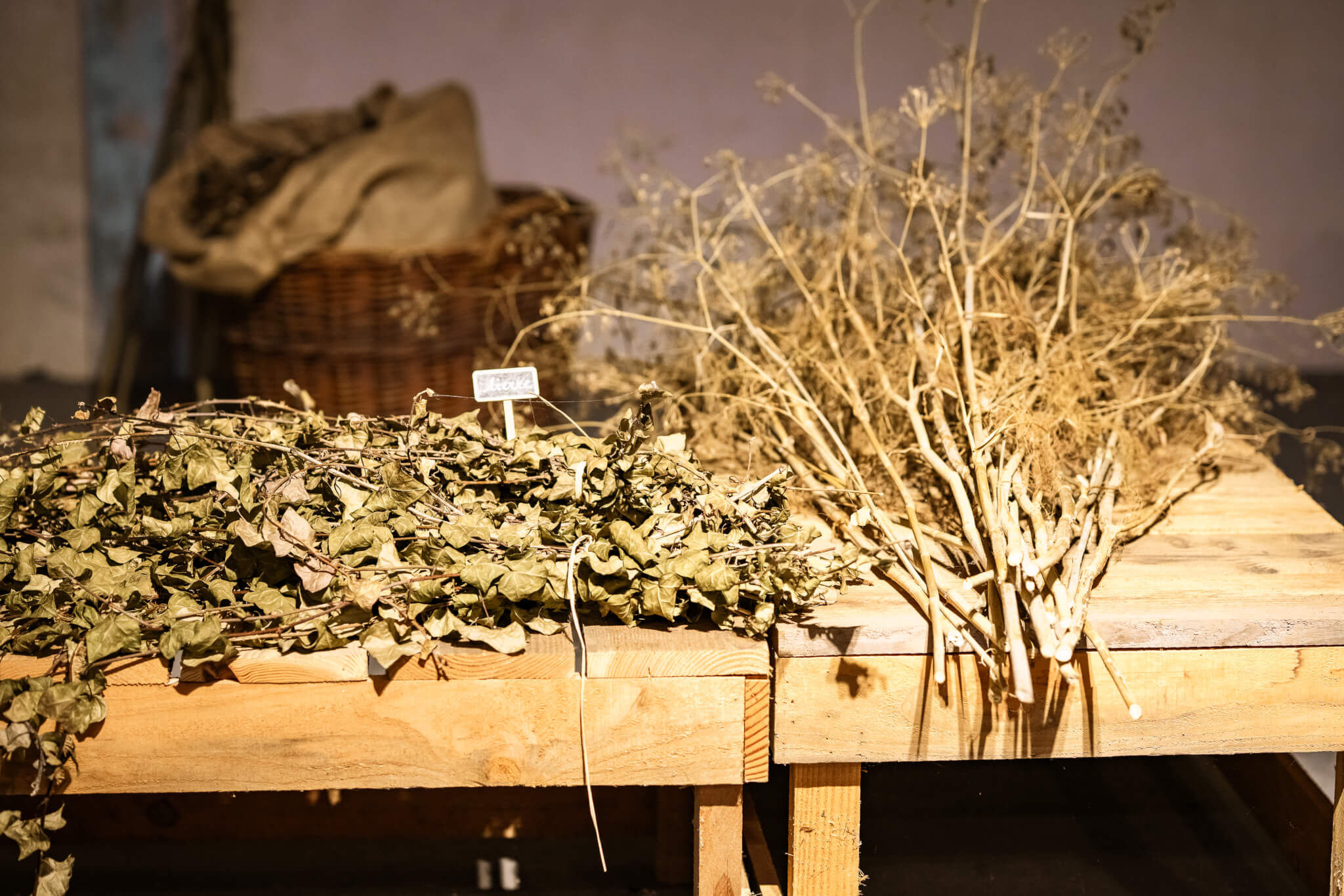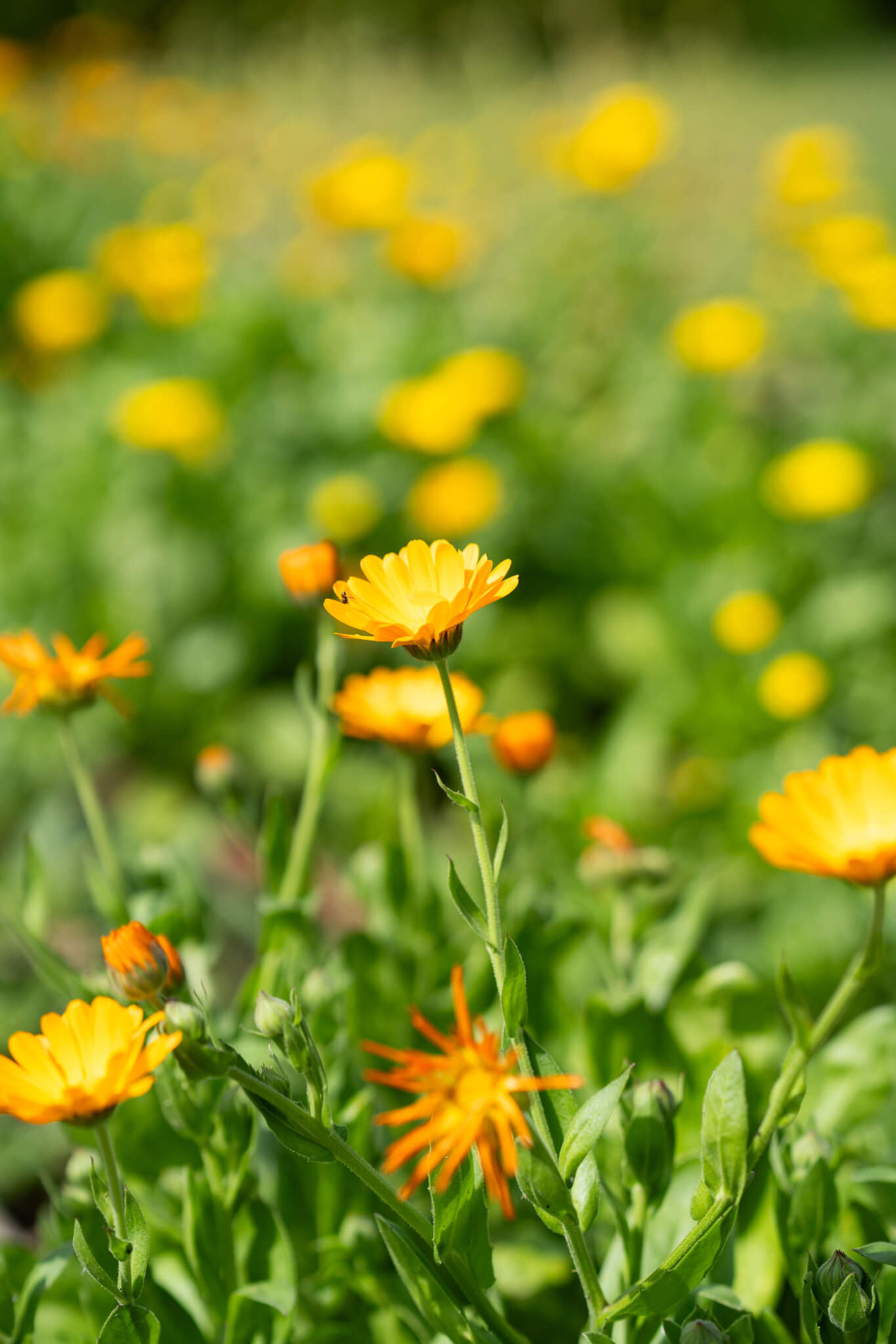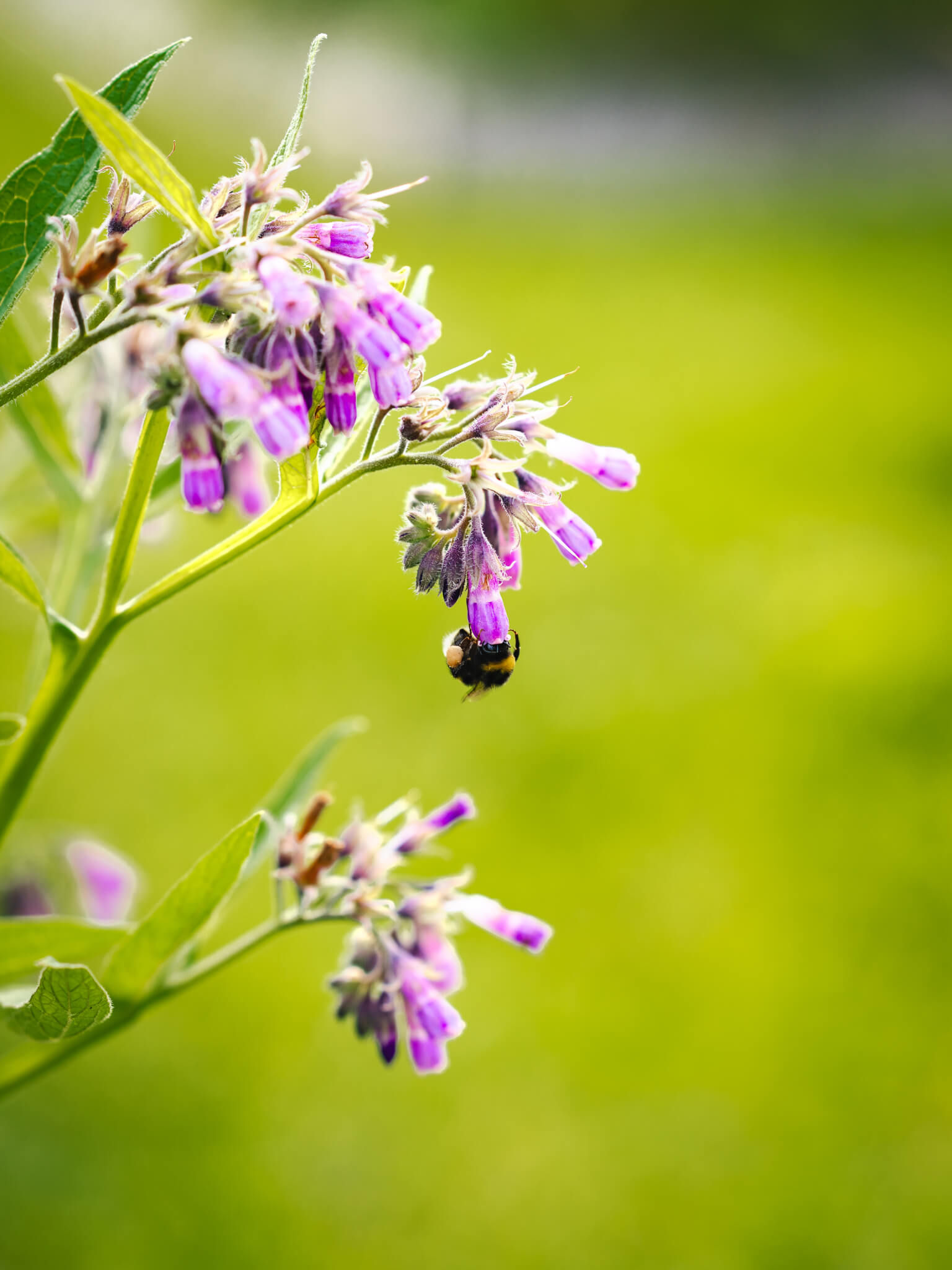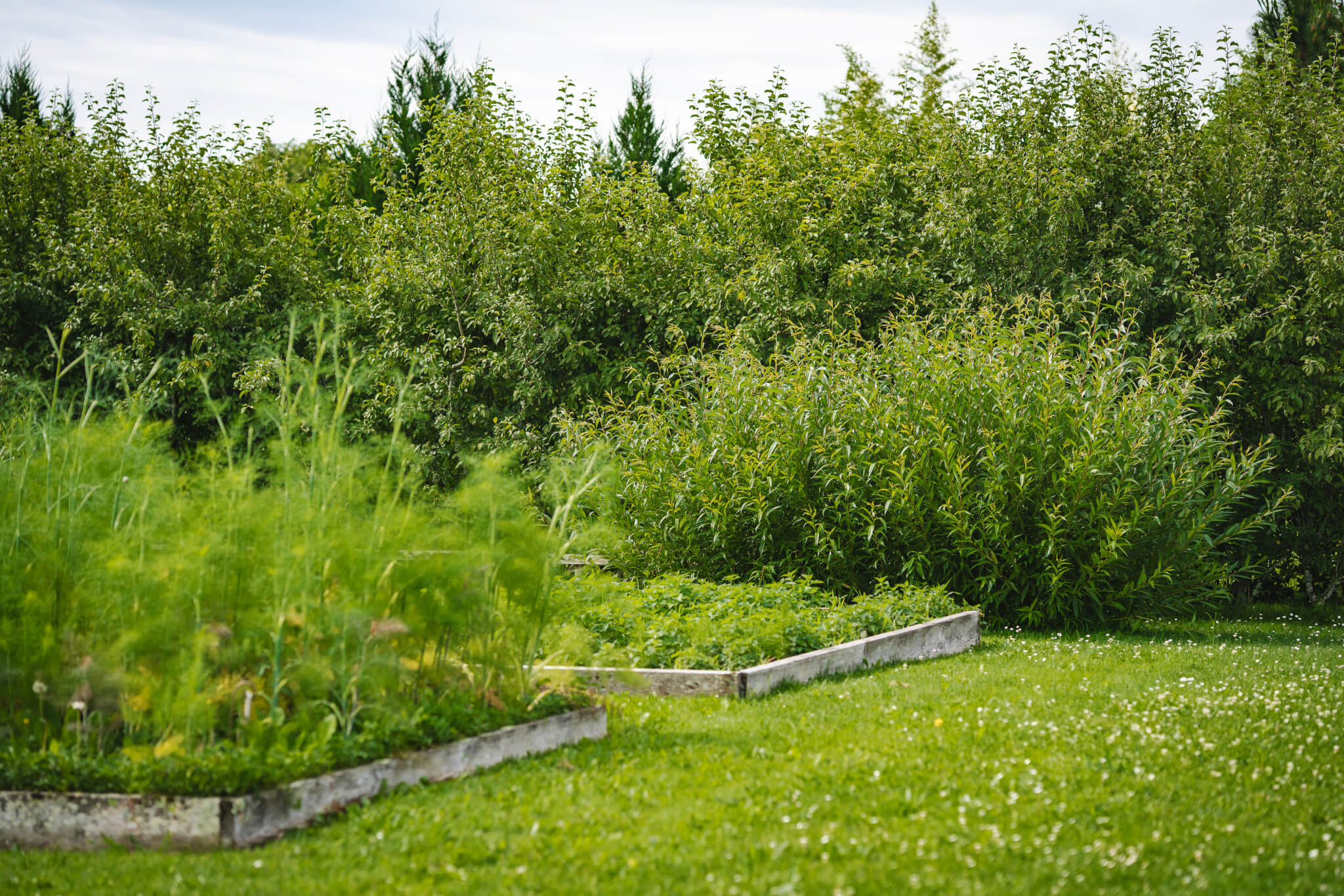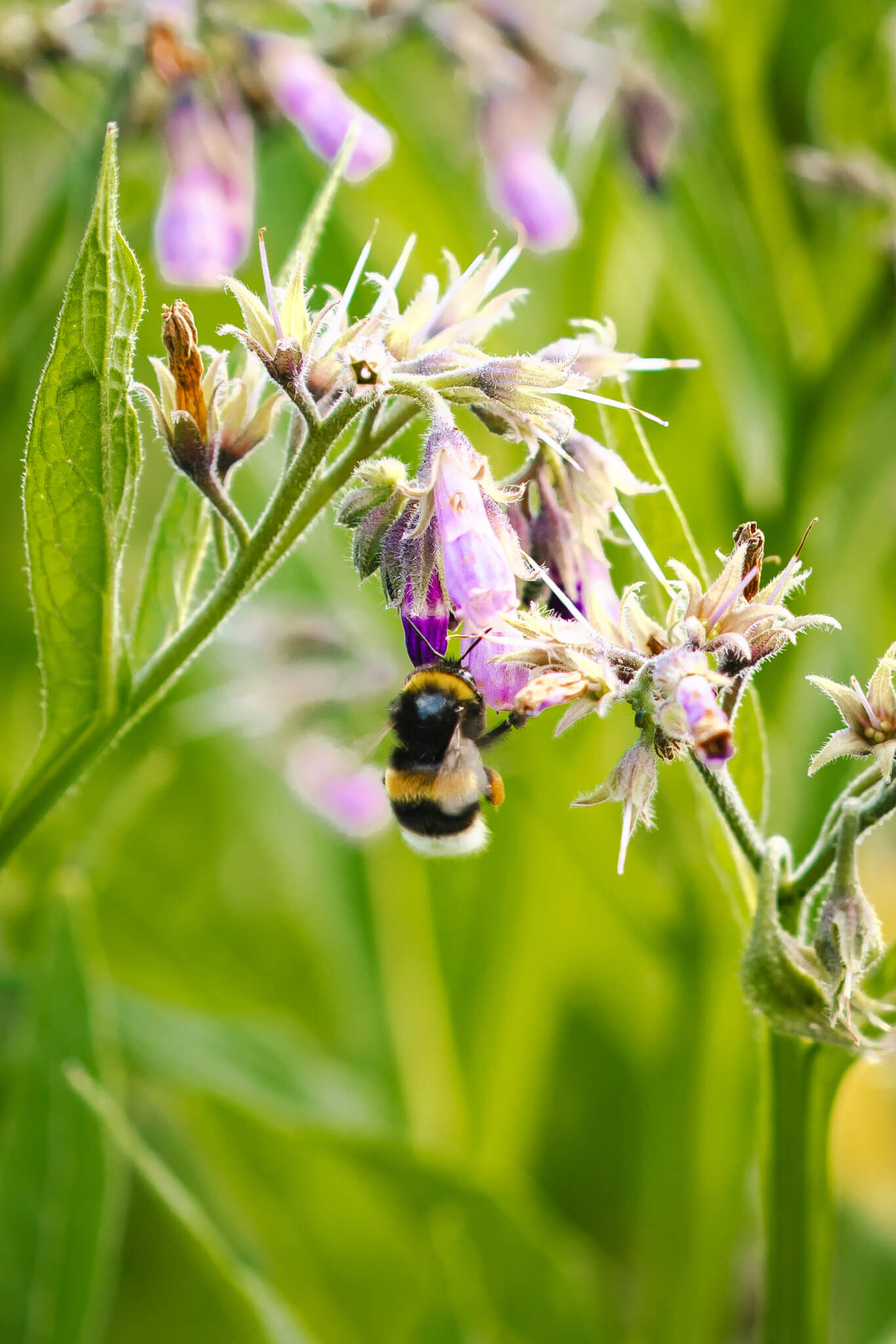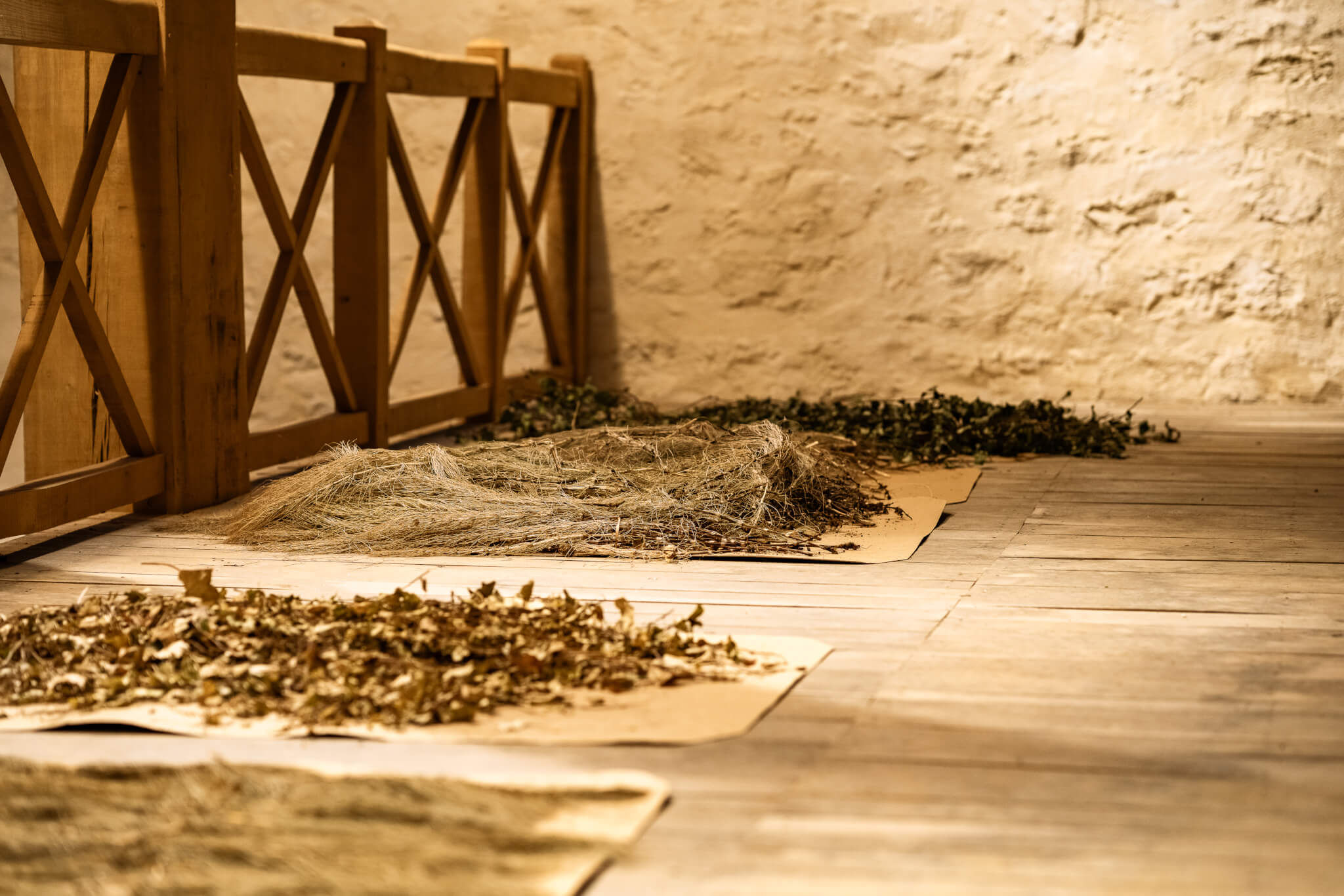Winegrowers and wine estates are increasingly questioning the long-term sustainability of their practices in the face of climate change, biodiversity loss, soil degradation, and shifting societal expectations.
Today, many are embracing sustainable approaches and transitioning to organic or biodynamic viticulture.
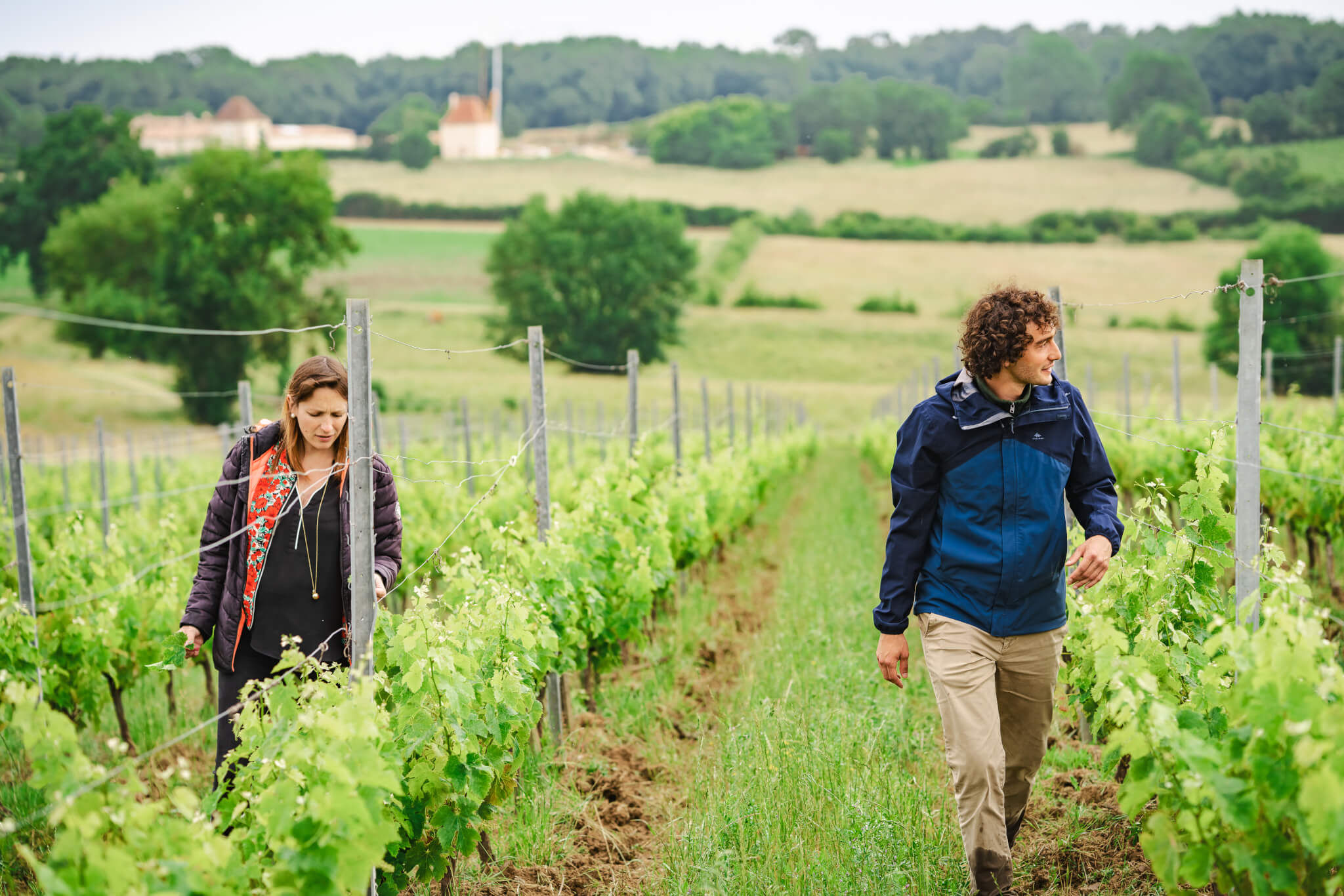
Château Monestier La Tour (Bergerac)

Château L’Isle Fort (Lignan de Bordeaux)
A comprehensive, pragmatic, and personalised approach
Today, every environmental commitment contributes to the identity of an estate and its wines. Derenoncourt Vignerons Consultants has been engaged with this subject for many years, always with a focus on grape quality — experience has shown that responsibly grown fruit leads to finer wines.
We therefore adopt a holistic vision of viticulture, integrating environmental, social, and economic dimensions.
This global perspective aims to anticipate the future challenges of the wine sector, particularly those linked to climate change and increasing pressure on natural resources.
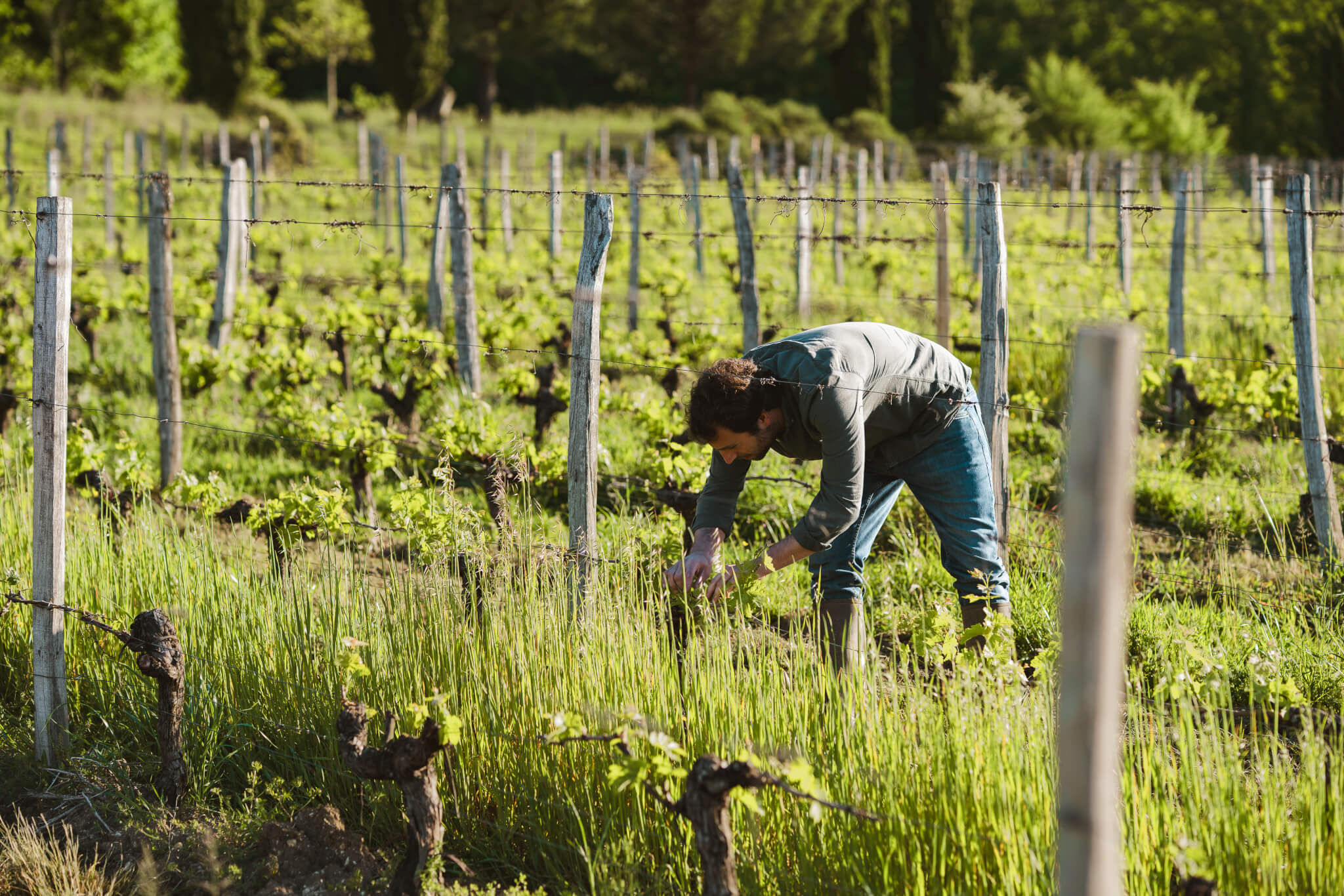

More specifically, this work encompasses biodiversity, soil health, and cultivation practices.
The objective is to provide bespoke solutions tailored to the specific needs of each estate — never bound by dogma.
The approach is deliberately pragmatic, in tune with realities on the ground and with society’s growing expectations for environmental responsibility.
Three core environmental consultancy services
At DERENONCOURT VIGNERONS CONSULTANTS, environmental expertise is led by a dedicated team working closely with our consultants. Clients can choose this service independently of the overall management of their estate. It is built around three programmes, with a particular focus on helping properties adapt to climate change:
Soil is the foundation of wine production, which is why our viticultural consultants prioritise its biological, physical, and chemical health.
Objectives:
- Restore or preserve the natural balance of soils, ensuring an authentic expression of terroir.
- Promote healthier vines that are less dependent on inputs and, in the long term, more productive and higher in quality.
Approach:
- A thorough study of vineyard soils, from landscape features and parcel mapping to assessments of physical structure and biological life.
- A complete diagnosis to identify the most relevant agronomic actions to protect and nourish the soil, improve fertility, and preserve terroir expression.
- Practical recommendations such as organic matter inputs, adapted soil management, and the use of cover crops.
Our consultants partner with estates transitioning toward more environmentally responsible practices.
Objectives:
- Guide growers and estates in optimising their plant-health practices to reduce impacts on people and the environment, while improving grape quality.
- Support conversions to organic certification or transitions to biodynamic viticulture.
- Help properties strike the right balance between agronomic pragmatism and compliance with organic and biodynamic standards – without compromising wine quality.
Approach:
- Define a clear conversion plan through an initial diagnosis, identifying key levers, adapting cultivation methods, and selecting authorised oenological inputs.
- Train estate teams in the principles of organic certification and biodynamic viticulture — including lunar rhythms, biodynamic preparations, and dynamisation.
- Provide ongoing agronomic guidance with regular vineyard monitoring, plant-health management, and adapted intervention planning.
Placing the vine within a living, balanced ecosystem is far more than symbolic — it actively contributes to a vineyard that is more stable, less dependent on treatments, and better integrated into its surroundings.oble plus stable, moins dépendant des traitements, et mieux intégré dans son territoire.
Objectives:
- Encourage functional biodiversity to support natural disease regulation in the vineyard.
- Strengthen vine resilience in the face of climate change.
- Restore ecological balance.
- Integrate the vineyard into its local landscape.
- Support a sustainable and meaningful viticulture.
Approach:
- Carry out an initial biodiversity assessment, mapping existing agroecological features and evaluating ecosystem balance.
- Enhance functional biodiversity by planting hedges and groves, creating grass strips and refuge zones, and improving soil management.
- Develop wine tourism and landscape value by enhancing the site and creating engaging biodiversity-themed visitor trails.
- Introduce polyculture in suitable areas, adding companion crops that provide useful resources or diversify production.
Raise awareness through training and communication, showcasing environmental commitments to visitors, clients, and partners.
